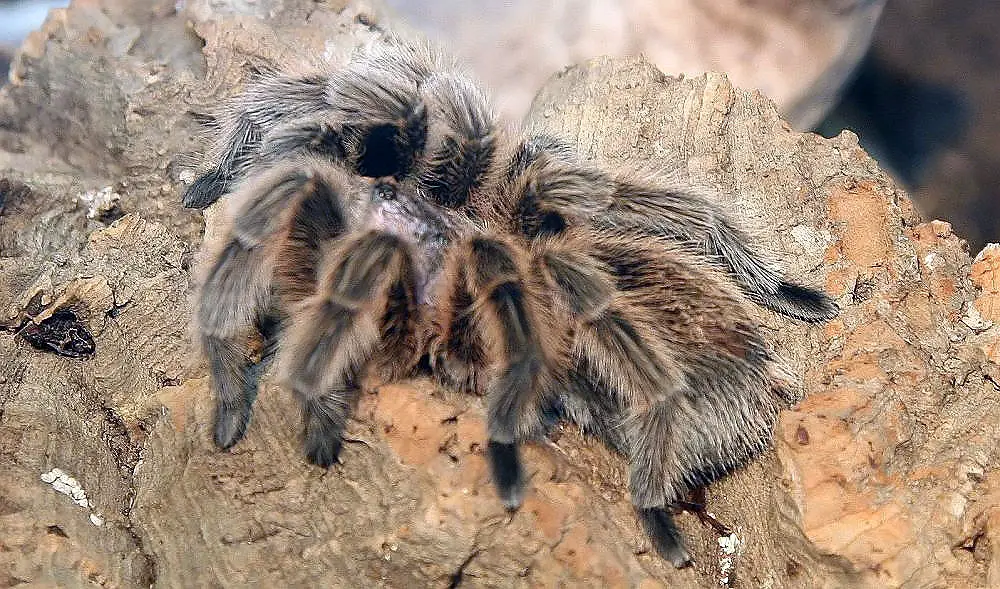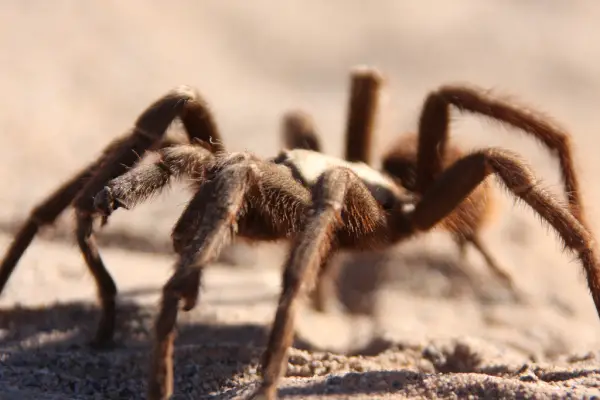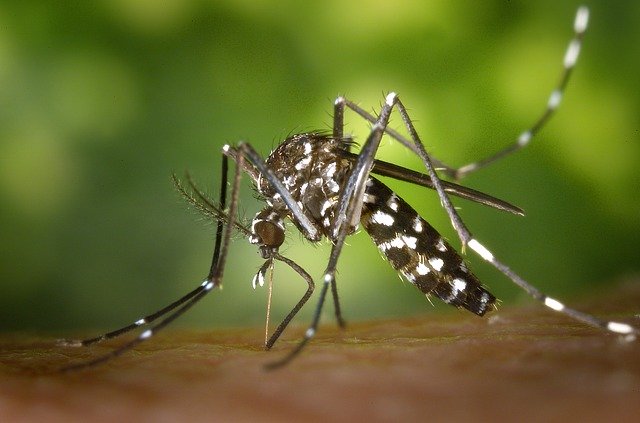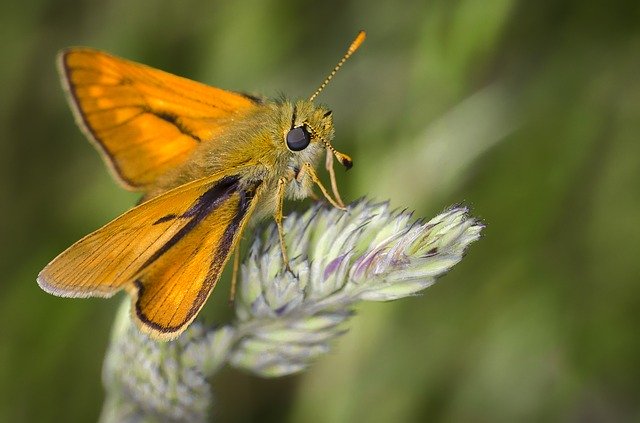A tarantula hawk (pepsis formosa) is a spider wasp that typically preys on tarantulas. It is the insect of New Mexico that belongs to the members of spider wasp family. The tarantula hawk is the largest Central American spider wasp, reaching a length of about 3 inches with a wingspan measuring up to 100 mm.
Tarantula Hawk Facts
Anatomy
- Tarantula hawks are brightly-colored wasps with the wings that show black or metallic blue colors. Like other spider wasps, they have large eyes with antennae along with the long legs that are adapted to powerful flight.
- They have one of the most powerful stings but they are thought to be as lethal as that of honey bees.
- The adult tarantula hawks grows up to 3 inches (75 mm) with the wingspan measuring 4 inches (100 mm).
- Female tarantulas are aggressive in that they sting a tarantula and paralyze it, moments later it drags to the underground burrow. They have 7 mm long sting.
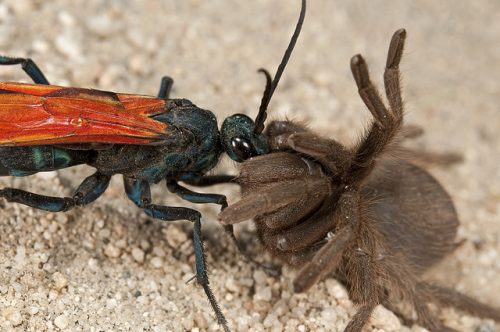
Distribution & Habitat
- Tarantula hawks are distributed all over the India, Southeast Asia, America, Australia, and Africa.
- They also live in the Washington, to as far as Argentina. South America alone hosts 250 species of spider wasps.
Behavior
- During the breeding season, tarantula hawks like to hunt female tarantulas because male tarantulas go little skinny as they continue searching for female to mate with.
- Only female wasps will feed on spiders. It digs a hole by using its rear legs.
- Tarantula hawks rarely attack people but if they’re provoked they will.
Feeding Ecology & Diet
- Apart from tarantulas, they also feed on fermented fruits. However during this time, spider wasps could hardly fly.
- In summer, tarantula hawks become extremely active but they will avoid extreme temperatures.
- Tarantula hawk wasps do not rely on tarantula spiders instead they consume western soapberry trees, mesquite trees, and flowers of milkweeds.
- Male wasps are thought to possess a unique behavior known as hill topping. It perches on top of the plant and looks up for a female wasp for mating.

